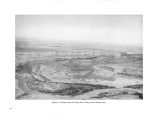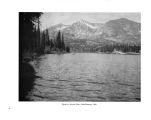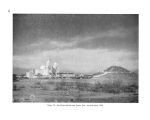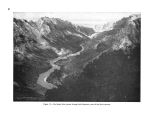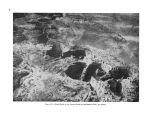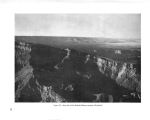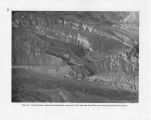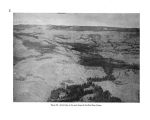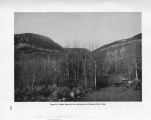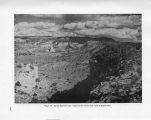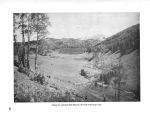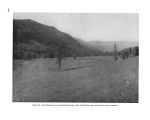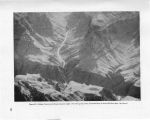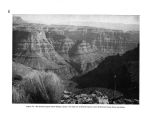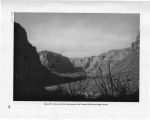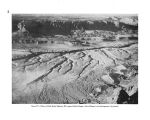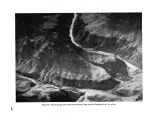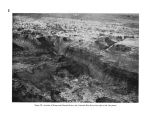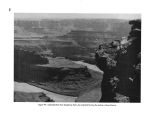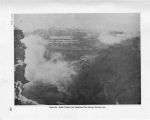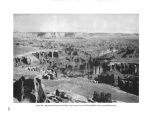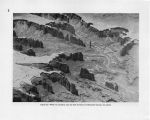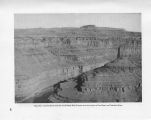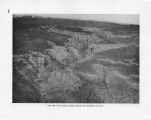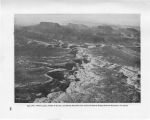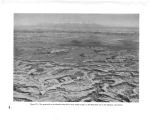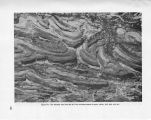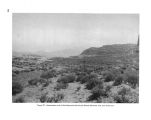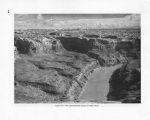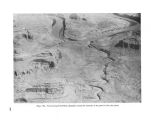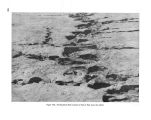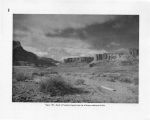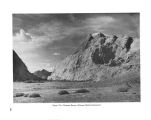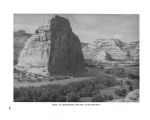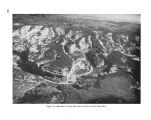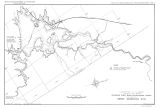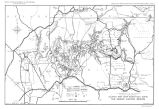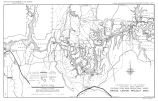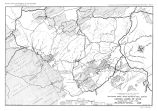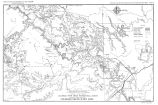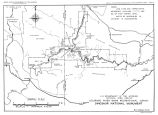| OCR Text |
Show lized for this conservation program but the annual amount allocated to all States rose from $ 1,000,000 in 1939, to $ 2,750,000 in 1942, after which war conditions brought a decline. Direct restoration of wildlife habitat and the acquisition of winter range have been made possible in numerous areas through use of these funds. In the Colorado River Basin, lands have been acquired for the restoration of antelope, prairie chickens, wild turkeys, and deer. Surplus antelope, buffalo, beaver, wild turkeys, and other wildlife have been removed from crowded ranges to other areas where restocking was needed. The financial support given by the Pittman- Rob- ertson Act has been responsible for a vast quantity of the basic studies that are essential to Nationwide restoration of soils, waters, and wildlife. Some of the projects undertaken in the basin include State- wide wildlife surveys, fur resource surveys and big game counts, inventories of water facilities for desert game, studies of the habitat requirements of beaver, mule deer, sage hens, sharp- tailed grouse, and wild turkeys. Research on wildlife restoration and its relation to the conservation of soil, moisture, and vegetation now proceeds so rapidly upon so many fronts that the technical worker no longer can be familiar with all developments. He is fortunate if he can find time to keep abreast of new discoveries in his restricted field. Despite this progress, the biological problems involved in wildlife restoration and recreational use are so complicated, and differ in so many vital details from one species to another, that the field has been relatively untouched. Its state of advancement and flux in this respect might be compared with that of the field of medicine, wherein many old problems still remain unsolved, while at the same time, fresh discoveries continually open up great possibilities of progress in new directions. Restoration has commenced but lags behind knowledge.- Restoration measures have brought good, if limited, results. Elk and deer have shown better recovery than almost any other game animal. In Colorado, elk have been increased from 1,000 in 1910, to 24,000 in 1945, and most of the original refuges in Colorado now have been opened to shooting. The numbers of animals exceed the range capacity in several areas, with resultant damage to range plants and soil, and to adjacent agricultural areas. 66 Return to primitive numbers, of course, always will be impossible because the best part of the original range, which lies in the valleys, has been converted to agriculture. In Arizona and New Mexico, the native Merriam elk was completely exterminated in the early 1900' s. The Rocky Mountain elk was introduced in 1912, and has multiplied until the total number on national forest lands is now estimated at 4,100 in Arizona and 1,500 in New Mexico. 67 This total is encouraging, even if it is not comparable with the thousands that once roamed the mountains and valleys, and is sufficient to permit considerable hunting. Utah's elk herds also are drastically restricted in numbers by the extent of the remaining range, but limited hunting recently has been possible each year. 68 In Wyoming, the elk have survived in something like their original numbers. The Jackson Hole region, immediately north and west of the Colorado River Basin, is nationally famous as a big game center; however, the region was not considered particularly good game country by the pioneers as compared to what were then the more hospitable game ranges in parts of the Colorado River Basin to the south. Deer have been restored beyond all possibility of danger. In fact, the deer problem of the Colorado River Basin and elsewhere in the West today is for the most part one of overabundance that seriously threatens the future of the range. Efforts to reduce the deer herds to the carrying capacity of the range have been complicated in many areas by the near extermination of the mountain lions, which in primitive times usually acted as a vital forest- protection agent by keeping the deer within the carrying capacity of the range. Man through hunting has attempted to take over the control program formerly carried out by the lions, but with less success. In the early days of settlement, he overcontrolled the deer to the verge of extinction in large areas. Later, when he had removed the lions, he let the deer population increase out of all bounds, so that they crippled for- 66 Swift, 1945a. <" Swift, 1945b, p. 123. 68 Utah State Fish and Game Commission, 1944, p. 11. 72 |




























